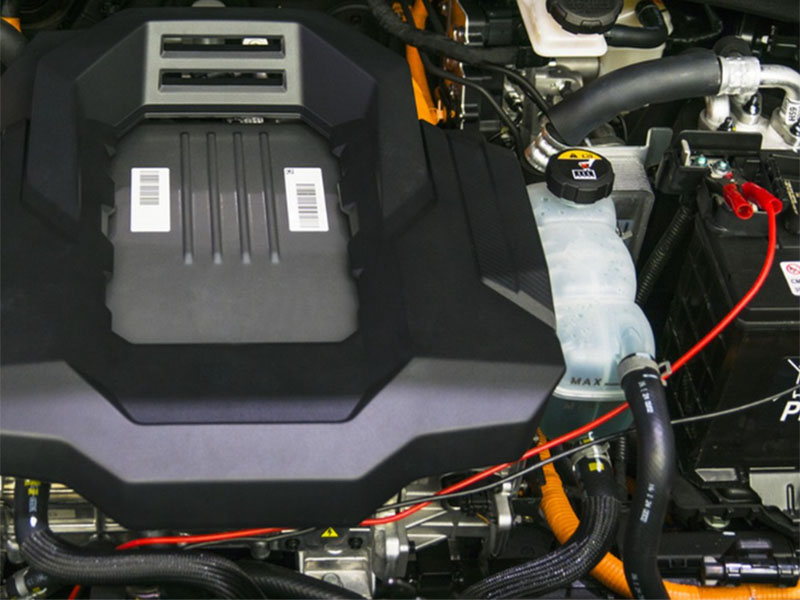




To safely use fuses in hazardous environments, the energy of the spark must be controlled within the fuse to prevent the ignition of explosive substances present in the environment.
In intrinsically safe applications, fuses are necessary to help prevent overcurrent conditions and ensure that no sparks sufficient to cause an explosion are generated when the circuit is disconnected. When there is an overcurrent, an arc will be generated inside the fuse when it blows, and this should be confined within the fuse. To provide additional safety guarantees, the fuse will be further encapsulated to ensure that the internal arc does not escape from the fuse and enter the atmosphere. The surface temperature of the fuse must also be kept below the ignition temperature of the explosive gas or dust. Disconnecting quickly in case of overcurrent helps achieve this.
These fuses are suitable for isolation circuits in explosion-proof applications involving hazardous areas. The rated current range of this series is from 40 milliamperes to 250 milliamperes, providing overcurrent protection solutions for numerous applications, and they comply with all electrical performance standards of intrinsically safe (EN60079-11). Application. They also fully comply with the requirements of the EU Directive 2011/65/EU and the Amendment Directive 2015/863. This series of products has also obtained UL certification in the United States and Canada.